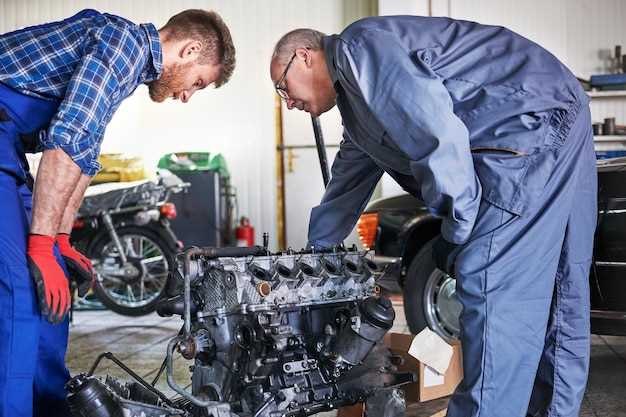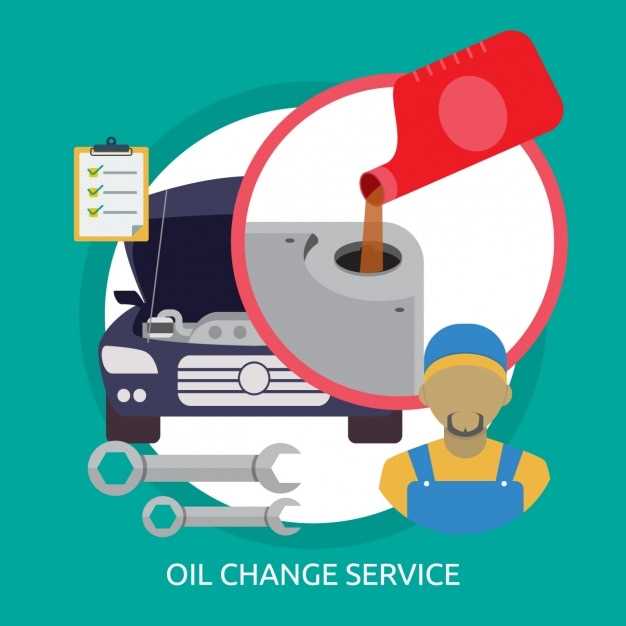
When to repair vs replace a car part
- Dominique Kaye
- 0
- Posted on

When it comes to maintaining your vehicle, one of the most critical decisions you will face is whether to repair or replace various car parts. Each option brings its own set of advantages and challenges, making it essential for drivers to understand the implications of their choice. Making informed decisions can ultimately save you money and enhance your vehicle’s performance.
Repairing car parts can often be a cost-effective solution, extending the lifespan of components without the expense of new parts. For example, minor damages such as scratches or small dents might be efficiently handled through repair techniques. However, it’s vital to evaluate the extent of the damage and consider whether a temporary fix will suffice or if a replacement would be a long-term solution.
On the other hand, there are situations where replacing a part is the wiser choice. If a component is severely worn or damaged, investing in a new part can ensure safety and reliability. Additionally, technological advancements in automotive parts may lead to improved performance and efficiency. Thus, drivers must weigh the pros and cons of repair versus replacement, taking into account the part’s condition, importance to vehicle function, and overall budget.
Evaluating the Condition of Car Parts: When to Repair
When assessing car parts, understanding their condition is crucial for making a cost-effective decision. Regular inspections can help you identify issues early, potentially saving you money in repairs and replacements.
Start by examining visible signs of wear, such as cracks, leaks, or unusual noises. For components like brake pads or tires, check for thickness and tread depth. If parts are merely worn but still functional, repairing them may be a viable option.
Consider the age of the part and its overall importance to vehicle safety and performance. Sometimes, a safety-critical component might be better replaced entirely, even if it appears serviceable. However, if the part is relatively inexpensive and repairable, this could be the best route.
Calculate the cost of repairs versus replacements. If the repair costs are significantly lower than the price of a new part and the part can be restored to full functionality, repairing makes financial sense. Ultimately, your decision should balance safety, reliability, and cost.
Engaging a qualified mechanic for a professional evaluation can further aid in making informed choices. They can provide insights into the longevity and performance of the part post-repair, ensuring you make the right decision for your vehicle.
Cost Comparison: Repairing vs. Replacing Car Components

When faced with a malfunctioning car component, drivers often grapple with the decision of whether to repair or replace the part. Understanding the cost implications of both options can significantly influence this decision.
Repairing a component usually involves lower immediate costs. For instance, if a car’s alternator is not functioning correctly, repairs might include simple fixes such as reconditioning or replacing worn-out brushes. The overall expense of a repair can range from a fraction to half of the cost of a new part. Moreover, repairing parts like brakes or headlights can extend their lifespan, allowing drivers to delay the need for a full replacement.
On the other hand, replacing a component often entails higher upfront costs. However, a new part typically comes with a manufacturer’s warranty, providing peace of mind against future failures. For example, while a new transmission may require a significant investment, the reliability it offers can result in lower overall maintenance expenses in the long term. Additionally, newer components may incorporate advancements in technology, enhancing the vehicle’s performance and efficiency.
In making this important decision, drivers should consider not only the immediate charges but also the long-term implications of their choice. Evaluating the age of the part, how often it has failed before, and the overall condition of the vehicle can provide valuable insights. In many cases, a balanced approach may involve a combination of repairs for less critical components and replacement for those that are central to safety and reliability.
Ultimately, whether to repair or replace comes down to a careful analysis of costs, benefits, and the individual circumstances surrounding each vehicle’s issues.
Choosing the Right Professional: Finding Trustworthy Mechanics

When it comes to car maintenance and repair, selecting a reliable mechanic is a crucial decision. A trustworthy technician can save you money, time, and frustration in the long run, making it a cost-effective choice overall.
Start by seeking recommendations from friends, family, or online reviews. Personal experiences can often guide you to mechanics with a strong reputation. Look for certifications, such as ASE (Automotive Service Excellence), which indicate a certain level of expertise and training.
Once you have a shortlist, visit the shops and observe their cleanliness and organization. A well-maintained shop often reflects the quality of work you can expect. Don’t hesitate to ask questions about their experience with your specific make and model of vehicle, as familiarity can greatly influence repair outcomes.
Request estimates for necessary services to compare prices and understand the scope of work involved. A trustworthy mechanic will provide clear explanations and break down costs, helping you feel more confident in your decisions. Avoid mechanics who push unnecessary repairs or fail to communicate transparently.
Ultimately, taking the time to find a reputable mechanic will lead to better vehicle care and a more satisfactory driving experience, making it a wise investment in your car’s health.
